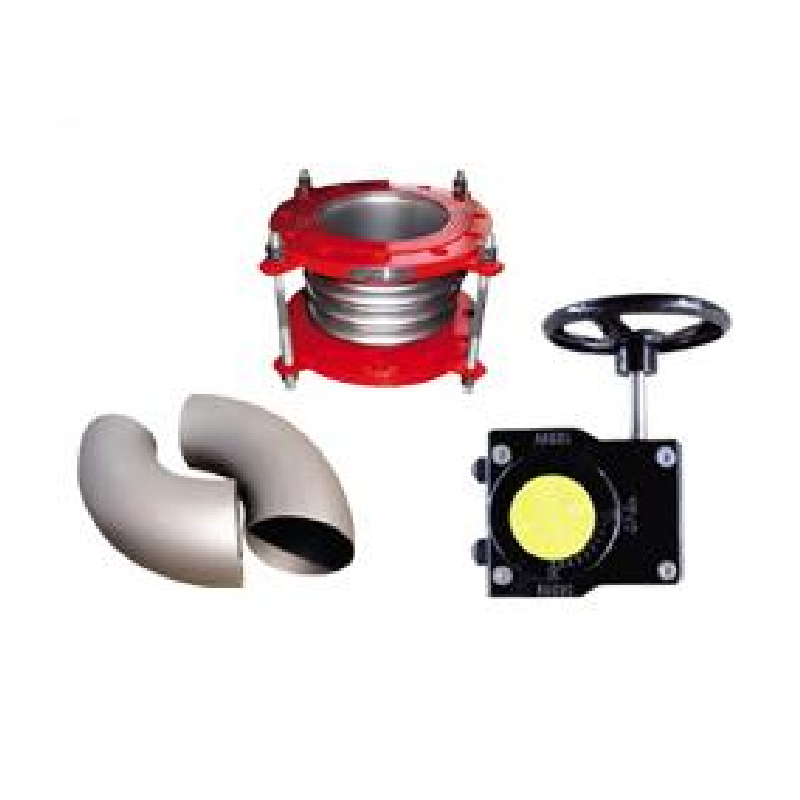ຕ.ລ. . 22, 2024 00:45 Back to list
flanged butterfly valve
The Flanged Butterfly Valve A Comprehensive Overview
A flanged butterfly valve is an essential component in various industrial applications, primarily used for regulating and isolating flow within a piping system. Characterized by its unique design and functional capabilities, this type of valve consists of a circular disc that rotates on a shaft. The mounting flanges on either side allow for easy connection to the pipeline, ensuring a secure and leak-free installation.
Design and Construction
The flanged butterfly valve typically features a body made of robust materials such as cast iron, stainless steel, or carbon steel, selected based on the application and media being controlled. The valve body houses a disc that is positioned in the center of the flow path. When the valve is in the open position, the disc aligns with the flow direction, allowing fluid to pass through with minimal resistance. Conversely, when the valve is closed, the disc rotates perpendicular to the flow, effectively blocking it.
One of the significant advantages of flanged butterfly valves is their compact design. They require less space compared to traditional gate or globe valves while providing effective flow control. This makes them particularly suitable for applications in crowded systems or installations with limited space.
Applications
Flanged butterfly valves are utilized in various industries, including water treatment, chemical processing, oil and gas, and HVAC systems. Their ability to handle large volumes of fluid makes them ideal for systems requiring quick on-off flow control. Additionally, these valves can operate efficiently under high-pressure and high-temperature conditions, which enhances their versatility in different applications.
flanged butterfly valve

In water and wastewater management, for instance, flanged butterfly valves are commonly used to control the flow in pipelines, regulating the water supply and maintaining system pressure. In the chemical industry, these valves ensure safety and efficiency by allowing precise control of corrosive or hazardous materials.
Advantages
One of the primary benefits of flanged butterfly valves is their ease of operation. They can be actuated manually using a lever or automatically through pneumatic or electric actuators, allowing for remote control and integration into automated systems. Furthermore, the design allows for quick installation and maintenance, reducing downtime during repairs or replacements.
Another notable advantage is their cost-effectiveness. Due to their simpler design and lower manufacturing costs, flanged butterfly valves are often more affordable than other valve types. This makes them an attractive option for budget-conscious projects without compromising performance and reliability.
Conclusion
In conclusion, the flanged butterfly valve plays a crucial role in modern industrial processes, combining efficiency, versatility, and ease of use. Its unique design facilitates effective flow control in a wide range of applications, making it a popular choice among engineers and system designers. Understanding the characteristics and benefits of flanged butterfly valves allows industries to optimize their operations, enhance safety, and minimize costs, all while ensuring the integrity of their fluid handling systems. As industries continue to evolve and demand more efficient solutions, the flanged butterfly valve will undoubtedly remain a key player in achieving these objectives.
Share
-
Reliable Wafer Type Butterfly Valves for Every IndustryNewsJul.25,2025
-
Reliable Flow Control Begins with the Right Ball Check ValveNewsJul.25,2025
-
Precision Flow Control Starts with Quality ValvesNewsJul.25,2025
-
Industrial Flow Control ReliabilityNewsJul.25,2025
-
Engineered for Efficiency Gate Valves That Power Industrial PerformanceNewsJul.25,2025
-
Empowering Infrastructure Through Quality ManufacturingNewsJul.25,2025